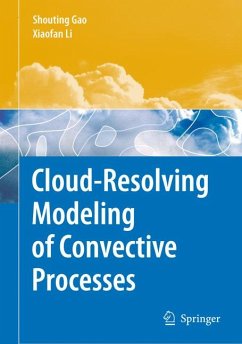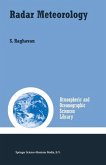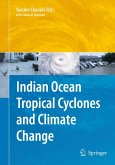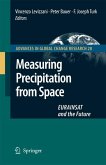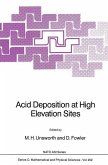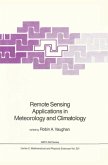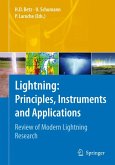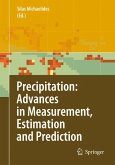Shouting Gao is a professor at the Laboratory of Cloud-Precipitation Physics and Severe Storm, Institute of Atmospheric Physics, Chinese Academy of Sciences, Beijing, China. He has a doctorate and a master's degree in meteorology from the Institute of Atmospheric Physics, Beijing, China.
Xiaofan Li is a physical scientist at the Center for Satellite Applications, National Environmental Satellite Data and Information Services, National Oceanic and Atmospheric Administration, Camp Springs, Maryland. He has a doctorate in meteorology from the University of Hawaii at Manoa, Honolulu and a master's degree in meteorology from Nanjing University of Information Science and Technology, Nanjing, China.
Dieser Download kann aus rechtlichen Gründen nur mit Rechnungsadresse in A, B, BG, CY, CZ, D, DK, EW, E, FIN, F, GR, HR, H, IRL, I, LT, L, LR, M, NL, PL, P, R, S, SLO, SK ausgeliefert werden.
"The book focuses on clouds and precipitation and their interaction with larger scales of motion and the Earths surface in e.g. coupled ocean-cloud-resolving atmosphere models. ... The book comprises 13 well-written chapters, all of which include a chapter-specific list of references. ... A large number of figures ... illustrates results derived as well as concepts presented. ... The book is densely written and addresses graduate students and researches with interest in cloud-, precipitation-, atmospheric-, and general modeling." (Nina Kirchner, Zentralblatt MATH, Vol. 1217, 2011)

